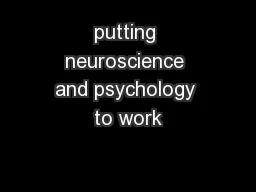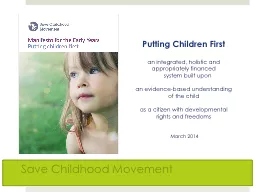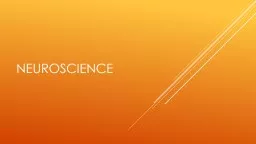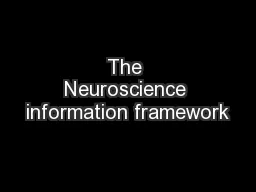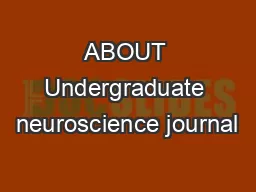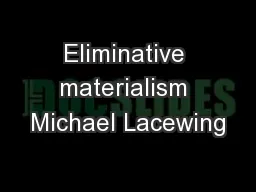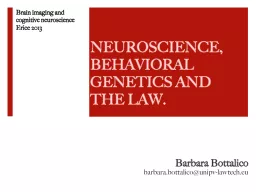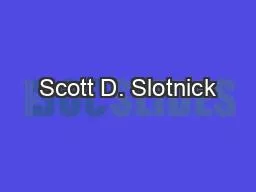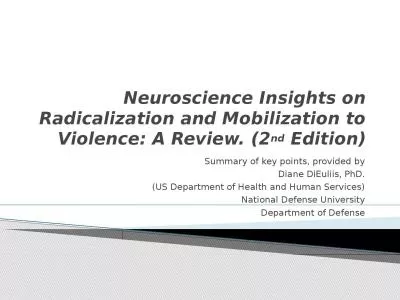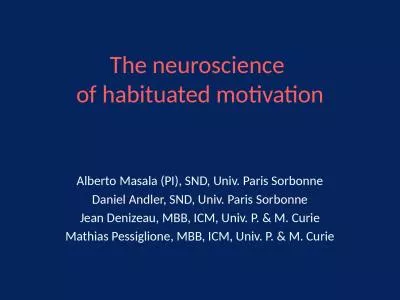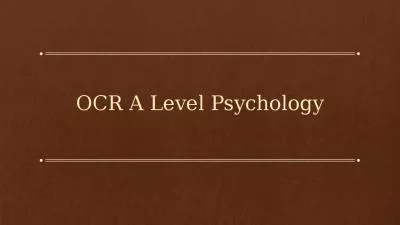PPT-putting neuroscience and psychology to work
Author : danika-pritchard | Published Date : 2017-12-14
Evidence Based Teaching and Learning Who Gary Luffman Director at think change consulting Focus on Change Leadership amp Management Learning and Development
Presentation Embed Code
Download Presentation
Download Presentation The PPT/PDF document "putting neuroscience and psychology to w..." is the property of its rightful owner. Permission is granted to download and print the materials on this website for personal, non-commercial use only, and to display it on your personal computer provided you do not modify the materials and that you retain all copyright notices contained in the materials. By downloading content from our website, you accept the terms of this agreement.
putting neuroscience and psychology to work: Transcript
Download Rules Of Document
"putting neuroscience and psychology to work"The content belongs to its owner. You may download and print it for personal use, without modification, and keep all copyright notices. By downloading, you agree to these terms.
Related Documents

